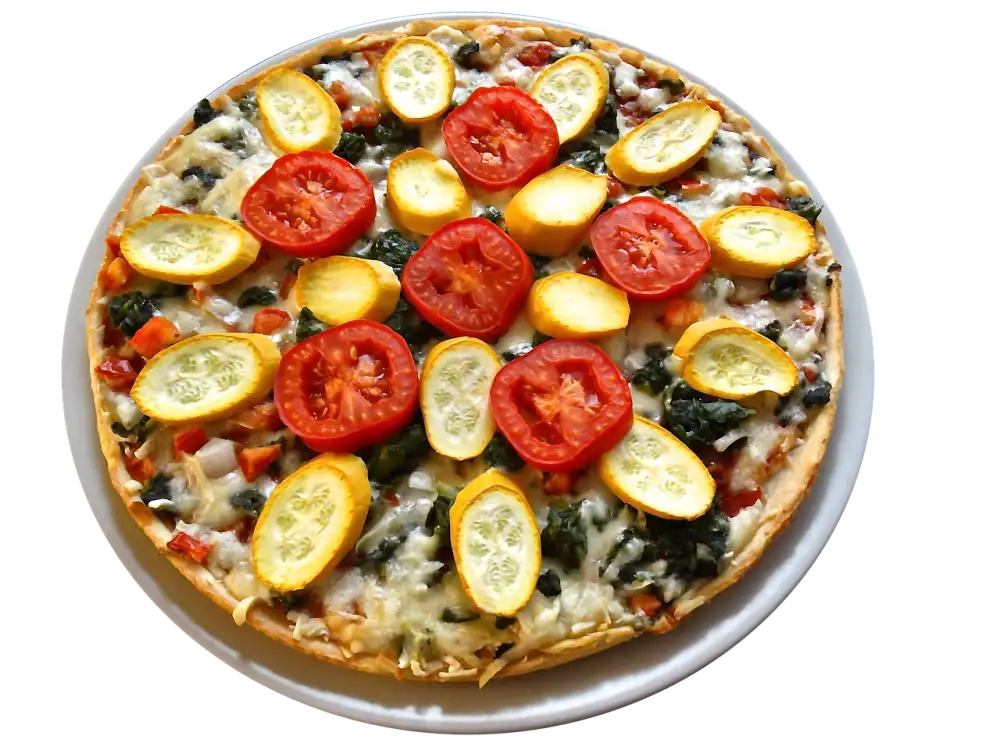Deliciously Authentic Ragu Recipe: A Taste of Italy in Every Bite!

**Introduction to Ragu:**
Ragu sauce, a staple in Italian cuisine, has a rich history dating back to the 18th century in Bologna, Italy. Originally known as "ragù alla bolognese," this hearty meat-based sauce was created to accompany pasta dishes. Over time, Ragu has become a beloved and iconic dish not only in Italy but also worldwide. Its popularity stems from the flavorful combination of ingredients simmered slowly to develop deep, complex flavors that tantalize the taste buds. The slow cooking process allows the meat to tenderize and meld with the tomatoes, onions, garlic, and herbs, creating a luscious sauce that is both comforting and satisfying.
Ingredients for Ragu:
When it comes to crafting an authentic Ragu sauce, the key lies in selecting the right ingredients. Essential components include ground meat (traditionally beef, pork, or a combination), tomatoes (fresh or canned), onions, garlic, and a blend of herbs like oregano and basil. Optional additions such as carrots, celery, red wine, and bay leaves can enhance the depth of flavor. The quality of these ingredients is crucial to achieving the rich and savory taste that defines a classic Ragu sauce.
Cooking Instructions:
1. Heat olive oil in a large pot over medium heat. Add diced onions and minced garlic, sauté until fragrant.
2. Add ground meat (beef, pork, or a combination) to the pot. Cook until browned, breaking up any clumps with a wooden spoon.
3. Stir in tomato paste and cook for a few minutes to enhance flavor. Pour in crushed tomatoes and season with salt, pepper, and Italian herbs like oregano and basil.
4. Bring the sauce to a simmer, then reduce heat and let it gently bubble for at least an hour to develop rich flavors. Stir occasionally to prevent sticking.
5. Adjust seasoning as needed and add a pinch of sugar if the sauce tastes too acidic.
6. For a thicker consistency, continue simmering uncovered until desired thickness is reached.
7. Serve hot over cooked pasta or polenta, garnished with freshly grated Parmesan cheese and chopped parsley for an authentic touch. Enjoy!
Serving Suggestions:
Ragu sauce is a versatile dish that can be enjoyed in various ways. One classic serving suggestion is to toss the Ragu with freshly cooked pasta, such as tagliatelle or pappardelle, for a comforting and satisfying meal. Another popular option is to spoon the rich sauce over creamy polenta, allowing the flavors to meld together beautifully.
For a simpler but equally delicious option, serve Ragu with crusty bread to soak up every last bit of the savory sauce. To elevate the dining experience further, consider pairing your Ragu dish with a full-bodied red wine like Chianti or Sangiovese, which complement the robust flavors of the sauce perfectly. For non-alcoholic alternatives, try serving Ragu with sparkling water or a fruity Italian soda for a refreshing contrast.
Variations and Customizations:
To customize your Ragu recipe, consider adding a splash of red wine for depth of flavor or a dash of balsamic vinegar for a hint of sweetness. For a spicy kick, incorporate chili flakes or diced jalapeños. Experiment with different herbs like oregano, thyme, or rosemary to tailor the taste to your liking. To make a vegetarian version, substitute the ground meat with lentils, mushrooms, or textured vegetable protein. For a vegan twist, use plant-based meat alternatives and skip the cheese garnish. Personalize your Ragu to create a dish that suits your preferences while still capturing the essence of traditional Italian cuisine.
Storage and Reheating:
To store leftover Ragu sauce, allow it to cool completely before transferring it to an airtight container. Refrigerate the sauce promptly and use it within 3-4 days for optimal freshness. For longer storage, Ragu can be frozen for up to 3 months. When reheating, gently warm the sauce in a pot over low heat, stirring occasionally to prevent sticking. You can also microwave it in short intervals, stirring in between, until heated through. Avoid overheating to maintain the flavors and texture of the dish.
Nutritional Information:
Ragu sauce is a rich and flavorful dish that offers a balance of essential nutrients. A typical serving of Ragu contains protein from the ground meat, vitamins and antioxidants from the tomatoes, and immune-boosting properties from the garlic and herbs. While Ragu is not considered low in calories due to its meat content, it can be a good source of iron and vitamin C. To make it healthier, consider using lean ground meat or opting for a vegetarian version with lentils or mushrooms for added fiber and plant-based protein. Enjoying Ragu in moderation as part of a balanced diet can contribute to a well-rounded meal.
Published: 21. 04. 2024
Category: Recipes



